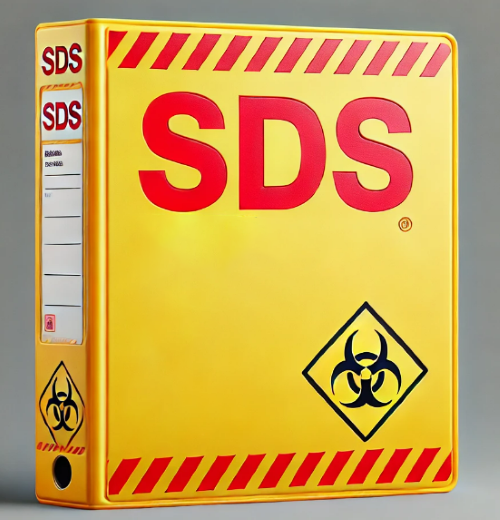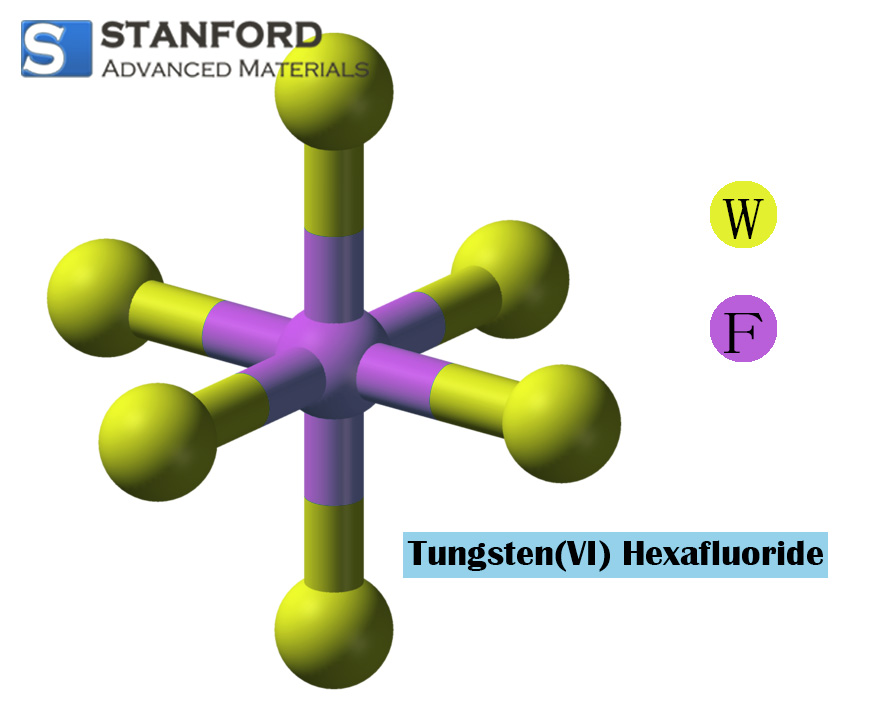SDS Of Zinc Sulfide
1: Product Names
Product name: Zinc sulphide
CAS No.: 1314-98-3
Identified uses of the substance or mixture and uses advised against
Identified uses: Laboratory chemicals, manufacture of substances
Details of the supplier of the safety data sheet
Manufacturer/Supplier:
Stanford Advanced Materials
23661 Birtcher Dr.
Lake Forest, CA 92630
Telephone: (949) 407-8904
Fax: (949) 812-6690
E-Mail: sales@SAMaterials.com
2: Identification of Hazards
2.1 Classification of the substance or mixture
Not a hazardous substance or mixture within the meaning of Regulation (EC) No. 1272/2008.
2.2 Labelling Elements
Labelled in accordance with Regulation (EC) No. 1272/2008
Pictogram: none
Signal word: none
Hazard statement(s): none
Precautionary statement(s): none
Supplementary hazard information (EU):
EUH031: Produces toxic gases when in contact with acids.
2.3 Other Hazards
This substance/mixture does not contain components that are considered as persistent, bioaccumulative and toxic (PBT) or very persistent and very bioaccumulative (vPvB) in concentrations of 0.1% or higher.
3: Composition/Information on Constituents
Formula: SZn
Molecular weight: 97.46 g/mol
CAS No.: 1314-98-3
EC No.: 215-251-3
No constituents requiring notification under the applicable regulations.
4: First Aid Measures
General guidelines
Consult a doctor. Present this safety data sheet to the attending physician.
If inhaled
Move the individual to fresh air. If breathing ceases, perform artificial respiration. Consult a doctor.
In case of skin contact
Wash with soap and plenty of water. Seek medical advice.
In case of eye contact
Rinse the eyes thoroughly with water.
If swallowed
Do not administer anything by mouth to an unconscious person. Rinse the mouth with water. Seek medical advice.
5: Firefighting Measures
5.1 Suitable extinguishing media
Use spray water, alcohol-resistant foam, dry chemical powder or carbon dioxide.
5.2 Particular hazards arising from the substance or mixture
Sulphur oxides, zinc/zinc oxides
5.3 Firefighting instructions
Wear a self-contained breathing apparatus if required.
5.4 Further information
No data available.
6: Accidental Release Measures
6.1 Personal precautions, protective equipment and emergency procedures
Use personal protective equipment. Avoid generating dust. Avoid inhalation of vapours, mists or gases. Avoid dust inhalation.
6.2 Environmental precautions
No specific environmental precautions required.
6.3 Methods and materials for containment and cleaning up
Collect and dispose of without dust generation. Sweep up and scoop. Store in suitable, sealed containers for disposal.
7: Handling and Storage
7.1 Precautions for safe handling
Ensure adequate ventilation in areas where dust may accumulate.
7.2 Conditions for safe storage, including any incompatibilities
Store in a cool place. Keep containers tightly closed in a dry and well-ventilated area.
Sensitive to air and moisture.
Storage category (TRGS 510): Non-flammable solid substances
8: Exposure Controls/Personal Protective Equipment
8.1 Control parameters
8.2 Exposure limits and monitoring
Appropriate technical control measures.
Handle in accordance with good occupational hygiene and safety practices. Wash hands before breaks and at the end of the work day.
Personal protective equipment:
Eye/face protection
Use certified and approved eye protection in accordance with applicable standards such as NIOSH (USA) or EN 166 (EU).
Skin protection
Wear gloves when handling.
Wash and dry hands.
Body protection
Select body protection depending on the type, concentration and amount of the hazardous substance at the workplace.
9: Physical and Chemical Properties
a) Appearance: Form: powder, Colour: beige
b) Relative density: 4.1 g/cm³ at 25 °C
10: Stability and Reactivity
10.1 Reactivity
No data available.
10.2 Chemical Stability
Stable under the recommended storage conditions.
10.3 Possibility of hazardous reactions
No data are available.
10.4 Conditions to be avoided
Sensitive to air.
10.5 Incompatible materials
Strong oxidising agents, strong acids.
10.6 Hazardous decomposition products
Hazardous decomposition products formed under fire conditions: sulphur oxides, zinc/zinc oxides.
11: Toxicological Information
Acute toxicity
LD50 Oral – rat – > 2 000 mg/kg (Zinc sulphide)
LD50 Dermal – rat – > 2 000 mg/kg (Zinc sulphide)
Carcinogenicity
IARC: No component of this product present at concentrations of 0.1% or more has been identified by IARC as a probable, possible or confirmed carcinogen for humans.
12: Ecological Information
12.1 Toxicity
Toxicity to fish: LC50 – Pimephales promelas (fathead minnow) – 1 826 mg/l – 96 h (Zinc sulphide)
12.2 Persistence and Degradability
No data available.
12.3 Bioaccumulation potential
No data are available.
12.4 Mobility in soil
No data available (Zinc sulphide)
12.5 Results of the PBT and vPvB assessment
This substance/mixture does not contain components that are considered either persistent, bioaccumulative and toxic (PBT) or very persistent and very bioaccumulative (vPvB) at concentrations of 0.1% or higher.
13: Disposal Considerations
Product
Propose surplus and unrecoverable solutions to a licensed disposal company. Dissolve or mix the material with a combustible solvent and incinerate it in a chemical incinerator.
Contaminated packaging
Dispose of contaminated packaging as unused product.
14: End of the Safety Data Sheet
This safety data sheet is provided solely for your information, consideration and investigation. Stanford Advanced Materials does not give any express or implied warranties and assumes no responsibility for the accuracy or completeness of the data contained herein.

 Bars
Bars
 Beads & Spheres
Beads & Spheres
 Bolts & Nuts
Bolts & Nuts
 Crucibles
Crucibles
 Discs
Discs
 Fibers & Fabrics
Fibers & Fabrics
 Films
Films
 Flake
Flake
 Foams
Foams
 Foil
Foil
 Granules
Granules
 Honeycombs
Honeycombs
 Ink
Ink
 Laminate
Laminate
 Lumps
Lumps
 Meshes
Meshes
 Metallised Film
Metallised Film
 Plate
Plate
 Powders
Powders
 Rod
Rod
 Sheets
Sheets
 Single Crystals
Single Crystals
 Sputtering Target
Sputtering Target
 Tubes
Tubes
 Washer
Washer
 Wires
Wires
 Converters & Calculators
Converters & Calculators
 Write for Us
Write for Us
 Chin Trento
Chin Trento


